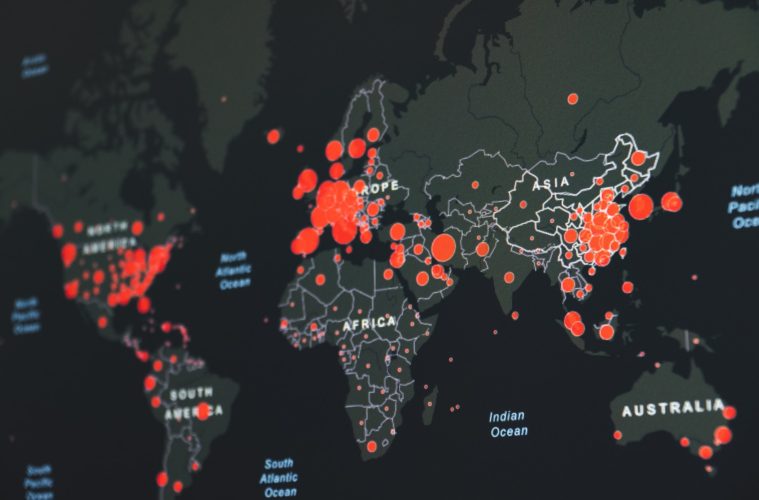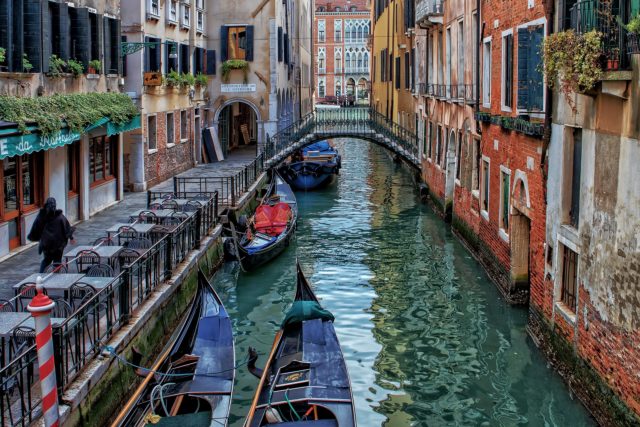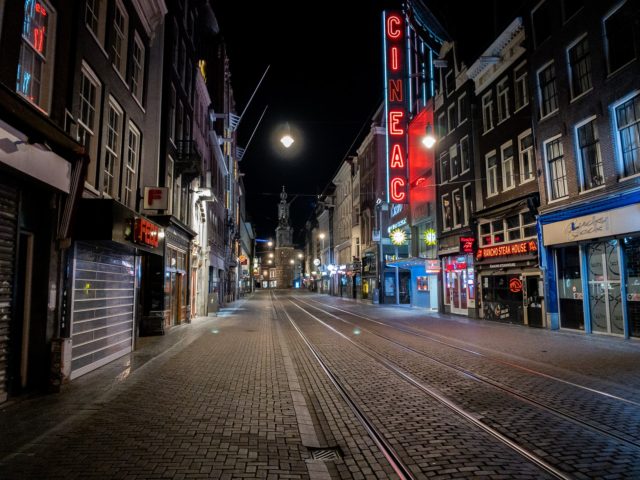Over the last year and a half, most of us have had our daily lives touched by COVID. Whether it be our work, our relationships with others, or just our usual habits in general, a lot of things have had to change. But, very few things have been altered quite as much as how we travel. Along with the places we travel to. The pandemic has restricted countless tourists from making their planned journeys, and because of this, the destinations themselves have drastically changed.
COVID Restrictions
When countries began their first lock-downs in early 2020, a lot of us thought it would be a fairly short and temporary measure. But a year later in 2021, we still find ourselves feeling nervous about travel with many restrictions still in place.
The numerous horror stories we have heard about tourists catching COVID abroad have shook us all. Plans have had to be rearranged multiple times, or even cancelled altogether. Money has been lost, and people have felt trapped in their homes without the option of travelling.
The impacts of this “new normal” we’re living in aren’t just isolated to us though. Usual travel hotspots for tourists have seen the consequences of the pandemic too, both positive and negative.
Environment
Although Eco-tourism is beginning to become mainstream, the industry at large can often have a less-than-perfect effect on the environment. The overuse and contamination of water, greenhouse gas emissions, and inefficient waste disposal are all examples of these effects. But since lock-downs began coming into place, typically high statistics have fallen noticeably.
Water consumption, mostly for resorts and golf courses, has declined considerably.
Carbon emissions, mostly from transportation, fell by 6.4% or 2.3 billion tonnes in 2020.
The new work-from-home flexibility and lack of travel has made efficient waste disposal easier, with recycling rates rising and landfill/littering rates falling.
Waters in Venice have recently been the clearest they’ve been in 60 years, with dolphins even being spotted swimming through its usually murky canals.
We’ve also been treated to stunning pictures of the UK’s coastline, with waters looking more like that of the crystal clear Caribbean than that of Portsmouth or Brighton.
These new changes may only be temporary while the pandemic lasts, but after seeing these rates fall, many are hopeful that this will inspire more permanent adjustments. And so more people choosing to travel Eco-friendly.
Economy
Tourism is one of the world’s largest and most profitable industries. Some countries rely on it for more than 20% of their GDP (gross domestic product). The COVID-19 pandemic has given this sector a direct hit.
It is estimated that export income from tourism fell between $910 billion and $1.2 trillion in 2020, draining many tourist honey-pots of their much-needed profits.
Around 1 in 10 jobs are supported by tourism, with millions more relying on it for their livelihoods. It is easy to see how those working in less developed, and tourist reliant areas have had a real struggle throughout the COVID pandemic.
This economic slump has caused a lot of these attractive tourist spots to become run-down and underfunded. With some of them in less developed countries falling into disrepair.
COVID, all-in-all, has been highly damaging. Even though positive impacts can be found and explored, with many of them may be leading to real change, it is impossible to ignore the obvious. Tourism, public health, maintenance, and services have all been at the mercy of COVID. But from the ashes, it can be seen as an important time for learning and growth, teaching us the true value of things we used to take for granted.






